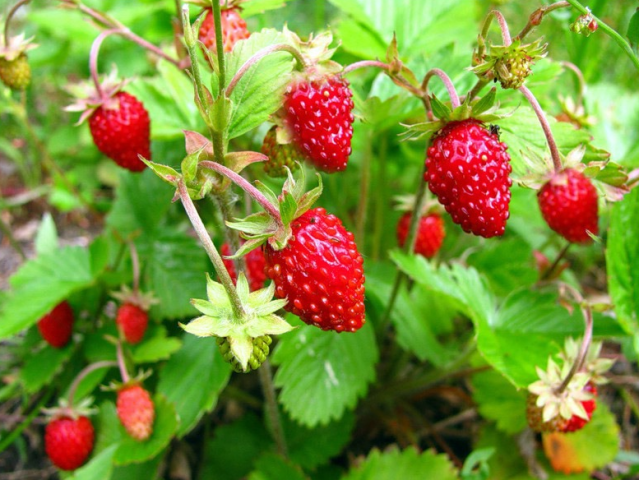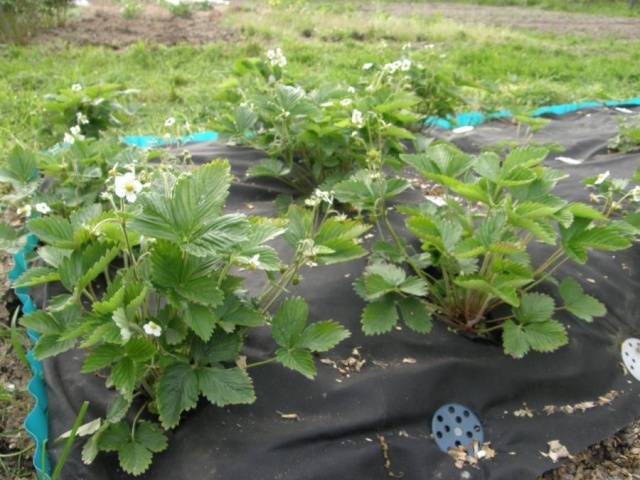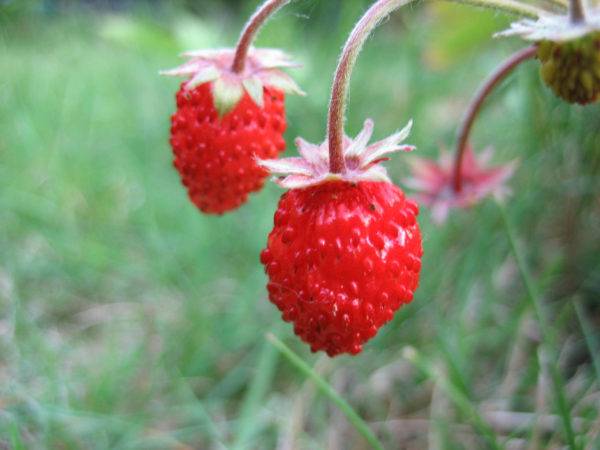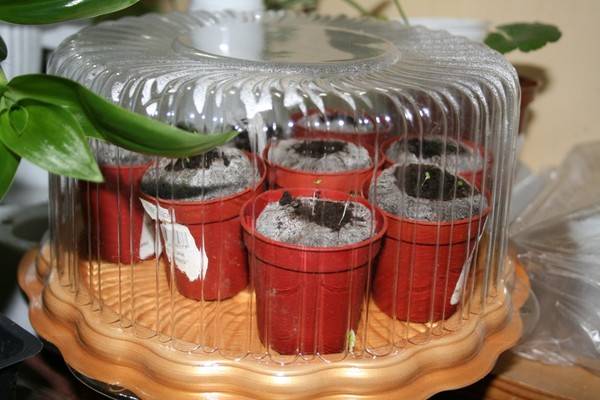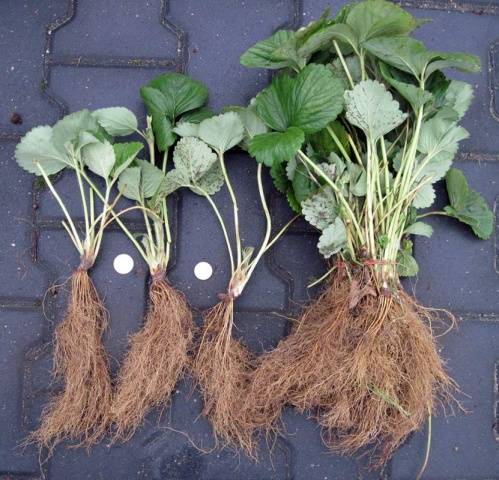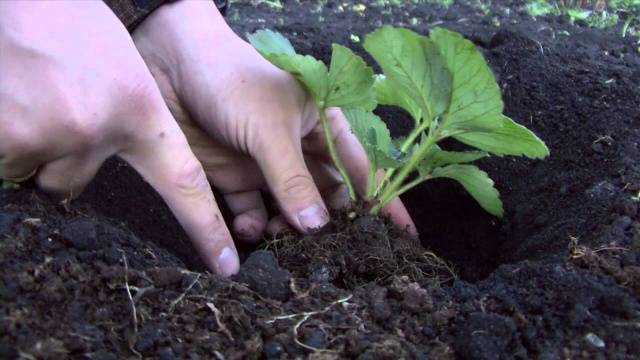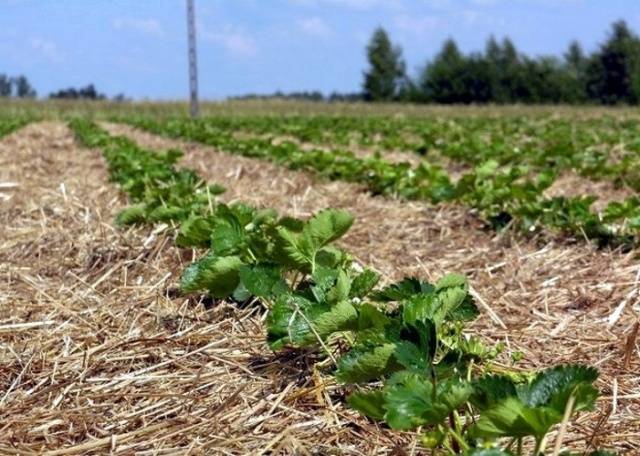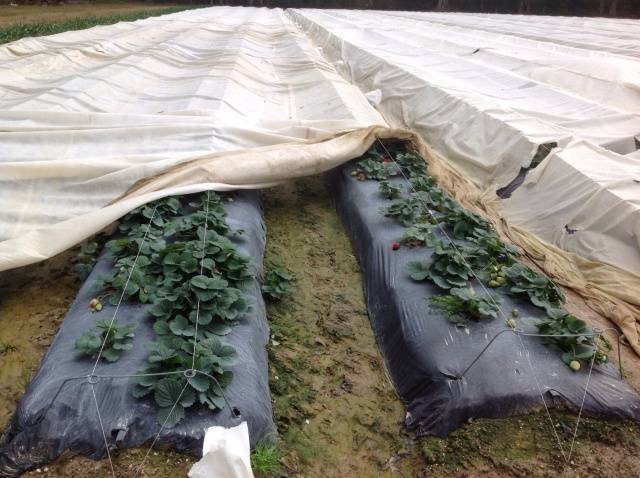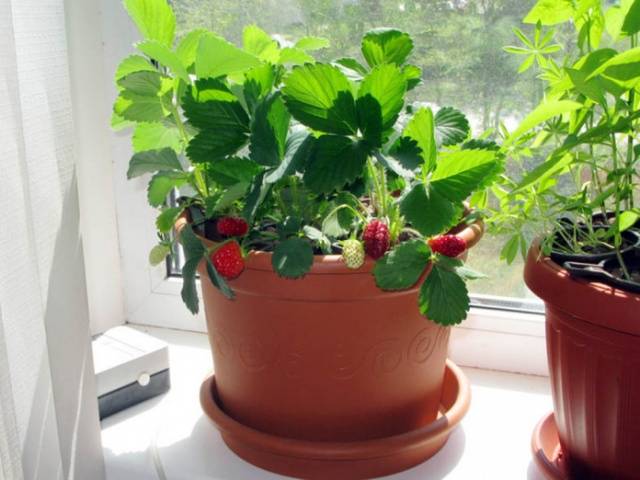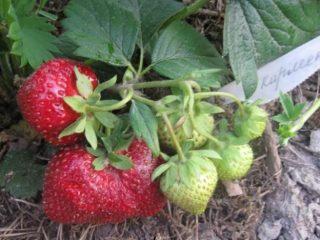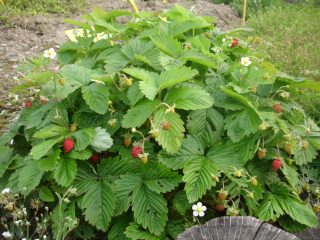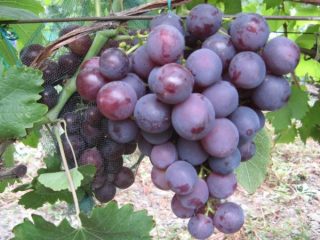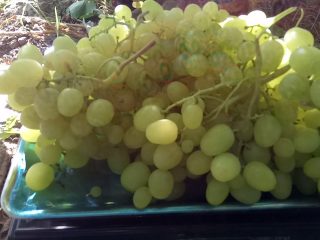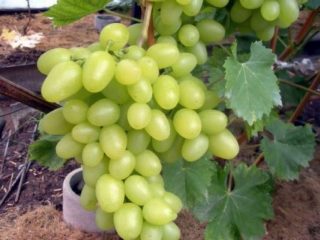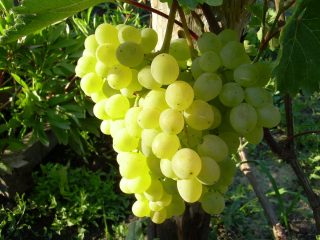Content
Many gardeners dream of planting fragrant strawberries in their garden, which produce a bountiful harvest all summer long. Ali Baba - a beardless variety that can bear fruit from June to the end of autumn. Over the entire season, up to 400-500 sweet berries are removed from the bush. This is one of the best varieties of remontant strawberries, which every gardener should grow on their plot.
History of appearance
Ali Baba got its start in the Netherlands in 1995. A new variety was developed by Dutch scientists from the company Hem Genetics from wild strawberries. The authors of the variety are Hem Zaden and Yvon de Cupidou. The result is a berry that combines many positive properties. The plant is suitable for planting in many regions of the Russian Federation.
Description
Ali Baba strawberry is a remontant and high-yielding variety. The plant bears fruit from June until the onset of frost. Gardeners harvest up to 0.4-0.5 kg from one bush throughout the summer fragrant berries. And from ten roots - 0.3 kg of fruit every 3-4 days.
The plant has a spreading and powerful bush that can grow up to 16-18 cm in height. It is abundantly covered with dark green foliage. Even in the first year of fruiting, many white inflorescences are formed. A distinctive feature of the variety is strawberries do not form whiskers.
Ali Baba strawberries bear small bright red berries, the average weight of which varies between 6-8 grams. The shape of the fruit is conical. The pulp is tender and juicy, milky in color. The bones are small, so you can't feel them. The berries have a sweet and sour taste and an alluring aroma of wild strawberries. This is an unpretentious variety that tolerates drought and cold well.
Advantages and disadvantages
According to reviews from gardeners, a number of advantages and disadvantages of Ali Baba strawberries can be identified. They are presented in more detail in the table.
pros | Minuses |
Abundant Harvest | It does not produce a mustache, so this variety can only be propagated by dividing the bush or by seeds |
Continuous and long-term fruiting | Fresh berries can be stored for only a few days. Therefore, after collection, it is advisable to immediately eat or process them. |
Delicious, aromatic fruits of universal use | Low transportability |
Tolerates lack of moisture and soil freezing well | Every two to three years it is recommended to rejuvenate the plantation. Otherwise, the quality of the berries will deteriorate and the yield will decrease significantly. |
Resistant to fungal diseases and rarely affected by pests |
|
The plant begins to bear fruit in the first year after planting in the garden. |
|
This berry variety can be grown in a pot as an ornamental plant. |
|
Unpretentiousness to the soil. Can grow in any climate conditions |
|
The Ali Baba strawberry variety is ideal for home growing.To preserve the berries for a long time, they are frozen. You can also make various jams and preserves from them, and add them to baked goods.
Reproduction methods
Since this variety of strawberry does not form a mustache, it can only be propagated by seeds or by dividing the mother bush.
Dividing the bush
For plant propagation, the largest and most prolific specimens are selected. After harvesting, the bushes are dug up and carefully divided into several parts. Each of them should have at least 2-3 white roots. Plants with dark brown roots are not suitable. Some gardeners prefer to carry out the procedure in early spring. Then next year you will be able to reap a bountiful harvest.
Growing from seeds
Anyone can grow Ali Baba strawberries from seeds; the main thing is to be patient and adhere to simple rules for growing seedlings.
Sowing of seeds is carried out at the end of January - early February. In case of insufficient lighting, the planting date is shifted to March. Before planting, the seeds must be treated. They can be sown both in boxes and in peat tablets. After the emergence of seedlings, picking is carried out.
Landing
Ali Baba is an unpretentious variety to grow. But in order for strawberries to bear fruit continuously throughout the season and for the berries to be sweet, it is necessary to observe the specifics of agricultural technology.
How to choose seedlings
Purchase Ali Baba strawberry seedlings only from certified nurseries or trusted sellers. When purchasing seedlings, pay attention to the following points:
- By the end of May the plant should have at least 6 leaves Green colour. If dark and light spots of varying sizes are noticeable on the foliage, most likely the strawberries are infected with a fungus. Also, do not take seedlings with pale and wrinkled leaves.
- Check the condition of the horns. They should be juicy and pale green in color. The thicker the horn, the better.
- The root system must be branched and at least 7 cm long. If the seedling is in a peat tablet, the roots must extend out.
Only by following simple recommendations can you choose high-quality seedlings.
Site selection and soil preparation
Strawberries of this variety feel comfortable in sunny areas with a flat surface. You cannot plant it in lowlands, as the plant does not like dampness. If groundwater is close, prepare high beds or ridges. The best predecessors of Ali Baba strawberries are legumes, garlic, clover, buckwheat, sorrel, and rye. Every three years the plant needs to be replanted to a new location.
Strawberries prefer nutritious soil with a neutral or slightly alkaline environment. If the soil is acidic, dolomite flour is added to it. For each square meter of bed add 2-3 buckets of humus, two tablespoons of superphosphate and 1 tbsp. l. potassium and ammonium nitrate. Then the soil is carefully dug up.
Planting scheme
Ali Baba strawberry seedlings should not be planted too close, as over time they will grow greatly. To make the plant comfortable, bushes are planted at intervals of at least 35-40 cm. There should be about 50-60 cm between the rows. At first it will seem that strawberries are planted sparsely, but after a year the rows will become denser.
Holes are dug in accordance with the planting pattern. The roots of the bush are straightened and lowered into the recess. Gently sprinkle with soil, lightly compact and water with 0.5 liters of water.
Care
Regular care guarantees long-term fruiting and healthy appearance of strawberries. Ali Baba needs loosening, weeding, watering, fertilizing and preparing for the winter.
Loosening and weeding
To provide the plant's roots with air, the soil around the plant must be loosened. It is recommended to perform the procedure before the strawberries ripen. The beds must be cleared of weed, as they take nutrients from the ground. They are also hotbeds for the spread of diseases and pests. Along with weeds Remove old and dried strawberry leaves.
Watering and mulching
Despite the fact that Ali Baba strawberries are drought-resistant, they need watering to produce sweet fruits. The first irrigation is carried out during the flowering period. On average, strawberries of this variety water once every 10-14 days. There should be about 1 liter of water per plant.
After watering, mulching is carried out. The row spacing is covered with a layer of dry sawdust, grass or straw.
It is undesirable to use the sprinkling method, since moisture on the surface of strawberries can contribute to rotting of the fruit.
Fertilizing
Ali Baba strawberries begin to be fertilized in the second year after planting. For this purpose, organic and mineral fertilizers are used. In total, about 3-4 procedures will be required. For root growth and rapid growth of early In the spring, nitrogen fertilizing is applied. During the formation of flower stalks and ripening of berries, the plant requires potassium and phosphorus.To store nutrients and enhance winter hardiness In the fall, phosphorus-potassium fertilizers and mullein are applied.
Preparing for winter
After harvesting, sanitary cleaning is carried out. To do this, damaged leaves are cut off and diseased plants are destroyed. Strawberries of the Ali Baba variety need shelter for the winter. The simplest option is cover the bushes with dry spruce branches. As soon as snow falls, a snowdrift is collected on top of the spruce branches. Some gardeners make a wire frame over the bed and stretch film or agrofabric over it.
Diseases and control methods
This berry variety has high resistance to various diseases. But if you do not take care of the plant, bushes and berries can be affected by late blight, white spot and gray rot.
The table provides a description of typical diseases of strawberries of the Ali Baba variety.
Disease | Signs | Fighting methods |
Late blight | Dark spots and white bloom appear on the berries. The roots rot and the fruits shrink and dry out. | The diseased bush is removed from the garden bed and burned |
White spot | Brown spots form on the foliage. Over time, they turn white and acquire a dark red edging. | Spraying the aboveground part of the plant with Bordeaux mixture. Removing infected leaves. |
Gray rot | Dark spots appear on the leaves, and a gray coating appears on the fruits | Treating bushes with Bordeaux mixture and removing dry leaves |
Pests and ways to combat them
The table shows the main pests of strawberries of the Ali Baba variety.
Pest | Signs | Fighting methods |
Slug | Holes are visible on leaves and berries | Spraying with superphosphate or lime |
Spider mite | Cobwebs appear on the bushes, and the leaves turn yellow. In some places you can see white dots | The use of anometrine and karbofos. Removing Infected Foliage |
Leaf beetle | Presence of oviposition | Treatment with lepidocide or karbofos |
Harvest and storage
Berries picked as they ripen every 2-3 days. The first harvest is harvested in June. The procedure is best performed early in the morning. Ripe fruits are recognized by red dots. Fresh strawberries are stored in a cool place no more than 2 days.
Features of growing in pots
This variety of strawberries can be grown in pots on a loggia or windowsill. In this case, it will bear fruit all year. For planting, choose a container with a volume of 5-10 liters and a diameter of at least 18-20 cm. Drainage is poured into the bottom, and nutritious soil is laid out on it. In winter, additional lighting is required. The more light, the better the quality of the berry. For better pollination, the bush is shaken periodically.
Bottom line
Ali Baba is a high-yielding and unpretentious strawberry variety that can bear fruit all summer, until frost. And if you grow it on a windowsill at home, you can enjoy the berries all year round.
Reviews from gardeners
